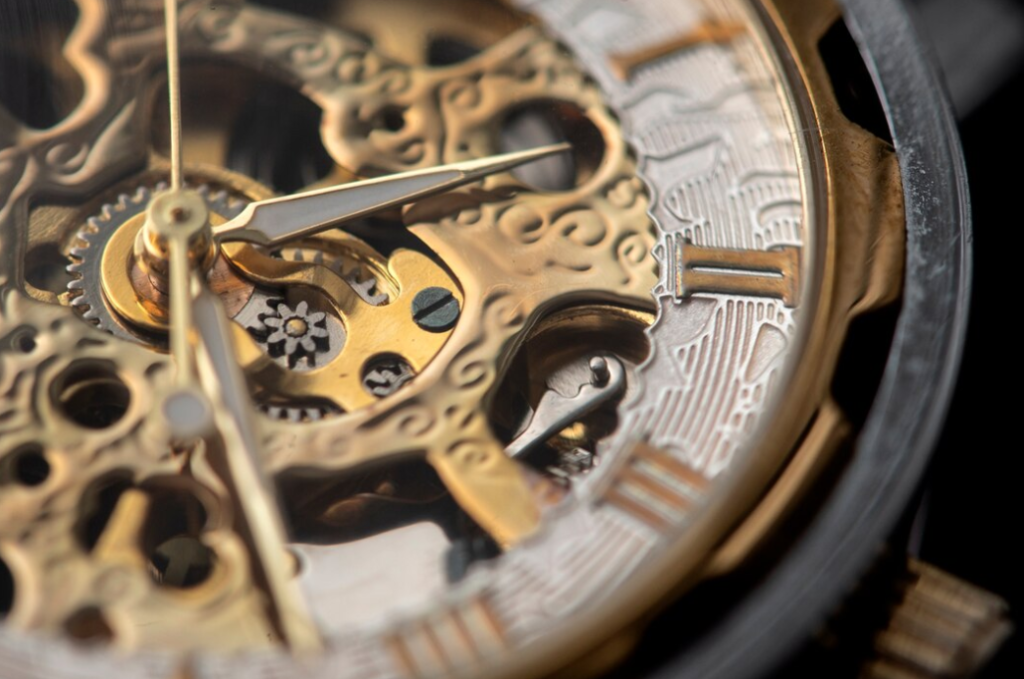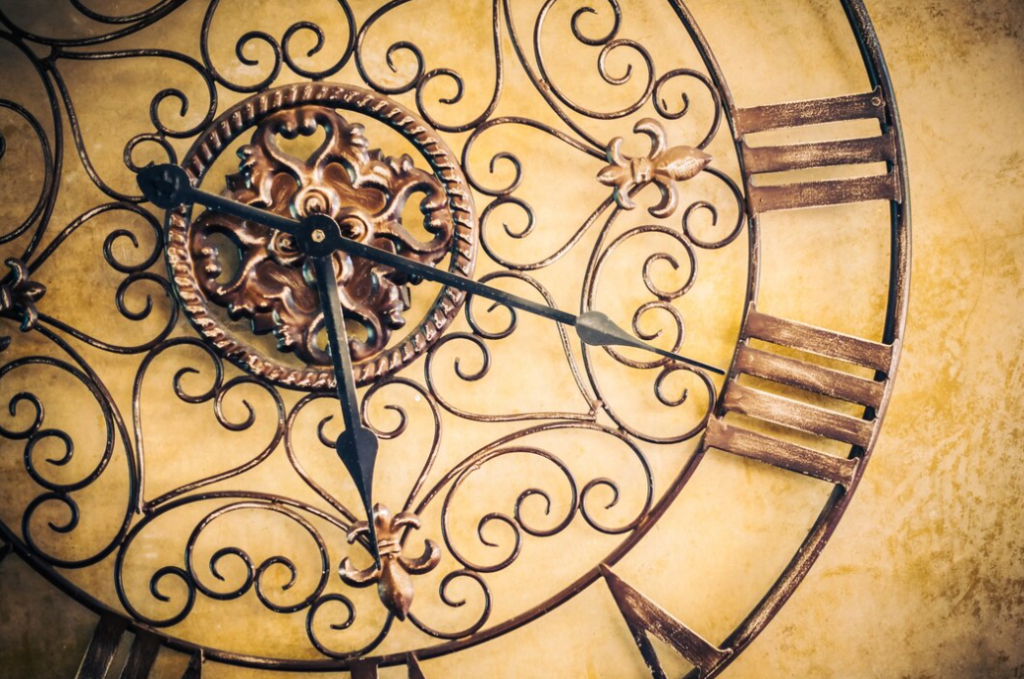Grandfather clocks are cherished heirlooms, often handed down through generations. While they hold sentimental value for families, do they also possess monetary worth? The distinct appearance and function of a grandfather clock can influence its value. Based on its features and condition, its price can range from a few hundred to several thousand dollars.
Table of Contents
- What Makes Grandfather Clocks More Valuable Than Others?;
- Assessing the Quality of a Grandfather Clock:
- The Grandfather Clock’s Historical Timeline;
- The Creator of Grandfather Clock;
- The Visual Intricacies of Grandfather Clocks;
- The Motion Mechanisms of Grandfather Clocks;
- Conclusion.
What Makes Grandfather Clocks More Valuable Than Others?
Grandfather clocks, when well-maintained and meticulously restored, can appreciate significantly over time. Often, antique and vintage grandfather clocks in good working condition can fetch higher prices than newer models. Especially rare grandfather clocks, such as those from the Golden Age, can command prices up to $100,000. Here, Premier Clocks offers insights into what can affect the value of these timeless pieces.
Assessing the Quality of a Grandfather Clock
The operational state of a grandfather clock holds significant importance. A grandfather clock that accurately keeps time is inherently more valuable than one that falters in this aspect. Nevertheless, the value of a grandfather clock isn’t solely determined by its functionality; the overall condition of its movement and aesthetics also play pivotal roles. A meticulously maintained grandfather clock commands a higher appraisal. Furthermore, the visual condition of a grandfather clock exerts a considerable influence on its appraisal value. Factors such as the vibrancy of its finish, the legibility of numbers on the dial, and the presence of scratches on the surface or brass details should all be taken into account when evaluating the worth of a grandfather clock.
The Grandfather Clock’s Historical Timeline
Delving into the timeline of grandfather clocks, one realizes that their antiquity can greatly influence their price. Specifically, the more aged the clock, the heftier the price tag. Antique pieces, characterized by their rarity, fetch higher prices, while those labeled as vintage, though still old, tend to be less expensive. The distinction between the two isn’t fixed; however, a clock aged between 50 and 100 years is generally deemed vintage. A piece that has weathered over a century is considered an antique. Those produced en masse within the last half-century typically hold modest value.
The Creator of Grandfather Clock
The longevity and legacy of a grandfather clock often hinge on the quality of its craftsmanship and the materials used. Moreover, a clock’s brand can either vouch for its premium quality or its uniqueness. As many eminent clockmakers have vanished from the industry, clocks from their ateliers often appreciate in value. To illustrate, grand timepieces crafted by artisans from the Black Forest, Switzerland, and France are coveted collector’s items. Such antique clocks command prices ranging from $10,000 to a whopping $75,000.

The Visual Intricacies of Grandfather Clocks
Grandfather clocks, with their timeless allure, are more than mere timekeeping devices; they are masterpieces of art and craftsmanship. The appeal of a grandfather clock lies in its detailed architecture and intrinsic design choices. Two primary factors dictate this aesthetic charm: its external condition and its intrinsic style.
- The facade’s maintenance and attention to even the tiniest of details reveal much about the clock’s history and care. Whether it’s the intricate carvings gracing its surface or the minimalist elegance it might exude, each clock tells a distinct story;
- Moreover, the choice of wood is paramount, both for its durability and its contribution to the clock’s aesthetics. For instance, oak-crafted grandfather clocks tend to appreciate in value, not just for the robust nature of the wood but also for the rich textures and patterns it naturally possesses;
- Beyond the primary structure, elements such as intricate carvings, bespoke decorations, and the materials chosen for the dial – perhaps mother-of-pearl inlays or gold leaf details – further enhance the value and appeal of these magnificent timepieces. Such nuances not only speak to the craftsmanship involved but also to the era and cultural influences of the time when they were created.
The Motion Mechanisms of Grandfather Clocks
The movement mechanism within a grandfather clock is often likened to its beating heart. This crucial component determines not only the clock’s operational lifespan but also significantly influences its value. Superior-quality movements, built with precision and durability in mind, naturally come with a heftier price tag due to their longevity and reliability.
- Different types of movements offer varying levels of sophistication, precision, and value. Some might be relatively simple, while others might be complex marvels of horological engineering, each contributing to the clock’s overall worth;
- A pivotal aspect of a clock’s movement is the pendulum. Its rhythmic swings must be uniform and consistent, ensuring the interconnected gears and plates work in harmony;
- This seamless operation is vital to prevent abrupt or erratic motions that could compromise the mechanism’s integrity;
- Above all, a well-tuned and balanced pendulum movement ensures the grandfather clock ticks away time with unmatched accuracy, becoming not just a piece of art but a reliable sentinel of time’s passage.
Conclusion
Despite the abundance of information and reference materials, assessing a grandfather clock’s value and authenticity can be a challenging and lengthy process. Seeking expert advice from multiple sources is always recommended.
